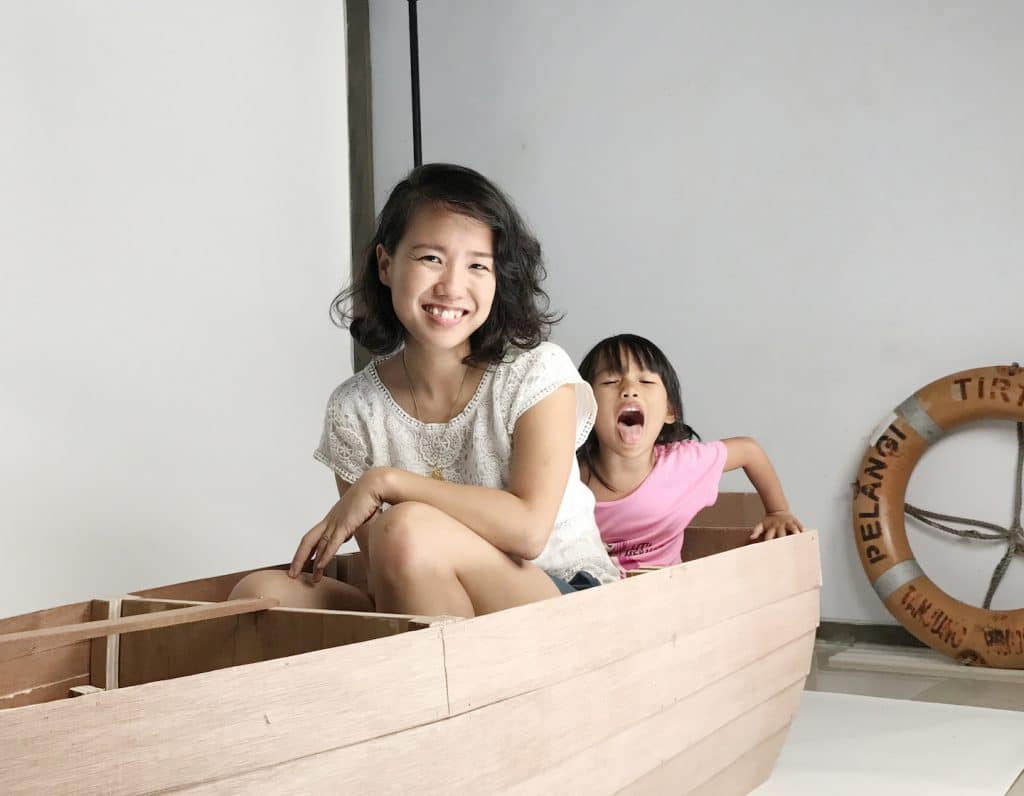
Singaporean mamas are doing amazing things all over the world! Today we speak with mama Samantha Tio, an artist in Bali
To most of us, the Indonesian province and island of Bali is a beautiful getaway destination with something for everyone, whether you are into private villas, beach clubs or ancient Hindu temples. But this week, Singaporean visual artist Samantha Tio gives us an alternative view, with a bit of insight into what it’s like to live in Gianyar, Bali (near Ubud) with her husband and their five-year-old daughter. She tells us more about the challenges of being a parent-artist and how becoming a mother has changed the way she approaches art.

Can you tell us a little about yourself?
I am a visual artist with a background in photography. I create works with analog methods, using film instead of using digital technologies. My husband, Budi Agung Kuswara is also an artist. Currently, we have an artwork titled “The Current/s We Call Home – Arus Berlabuh Kita” on exhibition at the Asian Civilisations Museum until 2 December. It was created in collaboration with transnational families who live between Singapore and Indonesia.
I am also the founding director of an art organization with a social enterprise arm in Bali called Ketemu Project. Ketemu uses art in fun and accessible ways to support people with disabilities. We work with artists to co-create with our beneficiaries products and services that inspire creativity. Ketemu is part of the founding team that established Indonesia’s first arts-focused psycho-social rehabilitation center.
What brought you to Gianyar, Bali? How long have you been living overseas?
I have been living in Bali for the past four years. I moved to Bali with my husband and our daughter in 2014. Before that, we had been living in Singapore for two years. As a new family, we had difficulties making ends meet in Singapore. Budi had problems getting a Long-Term Visit Pass (LTVP) even though we were already married with a child. His LTVP application was rejected several times over the course of two years so we decided to move to Bali. Budi, being Balinese, wanted to be closer to his family and to his own culture. My work has led to opportunities for me to live and work overseas rather frequently. I have lived in Yogyakarta for two years and also in Tokyo, Kuala Lumpur and Taipei for artist-in-residence programmes.

Favourite aspect about living in Gianyar?
Being surrounded by nature and being close to Budi’s family. We enjoy spending time at the beach where Budi practises kitesurfing. In Gianyar, we are close to many sites where we can hike through canyons, bathe in rivers and walk in the hills.
And the worst part?
The burning of plastics. Bali is facing an eco-crisis with the island being covered in plastic waste. There is a poor waste management system and a lot of families burn their trash right in front of their homes. The toxic fumes from burning plastics is a huge health threat to the community.
Read more: This 17-year-old is leading the charge to ban plastic bags in Bali
Your most recent purchase
… for your child?
I haven’t bought anything for my child in a long while. We have been privileged in the way that the hand-me-downs she receives from our friends and relatives have been wonderful for her needs.
…for yourself?
“This Is What Inequality Looks Like” by Teo You Yenn. A very sobering and emotional read, it made me reflect on the two years when Budi and I were living in Singapore and the obstacles that we had faced as a new family, unable to meet socio-economic norms.

How do you think parenting in Gianyar differs from parenting in Singapore? What do you appreciate most about it?
It is hard for me to draw a cultural comparison because that would require me to make generalisations. I believe that the way I parent in Bali or Singapore is the same though.
Did you give birth to your child in Gianyar? If yes, what was memorable about the experience?
Our daughter was born in Singapore.

Can you talk us through your career pre- and post-baby?
It has been really tough career-wise after becoming a mum. It is not outwardly apparent but artists face a lot of social barriers in the art world after having a child. People really question if women can really have it all – having a career and a family then keeping sane amidst everything. I can still recall being asked, in front of a panel for my postgraduate scholarship, how I would be able to balance motherhood and my studies at the same time.
In many other ways, there has also been acceptance. I would bring my child to work and attend a couple of meetings where she tags along. Bamboo Curtain Studio in Taipei accepted Budi and I to be their artists in residence with our daughter in tow. We would bring her with us to all our programmes there and the staff sometimes even steps up to provide childminding support.
In most residencies around the world, artists are expected to work alone without their partner or family. My experience has driven me to champion for more inclusiveness for parent-artists. With our own organisation, Ketemu Project, we have begun to support families in our artist-in-residence programmes.
I feel that motherhood has brought a different meaning to my work. Before the arrival of my child, I created art for myself. After she came into my world, I am motivated by how my work can continue to shape her world even when I am not around. I now work towards a legacy that I want to leave behind for my daughter, not in terms of wealth but in terms of the value that I can bring to our societies.
Favourite kid-friendly restaurant in Gianyar?
We love going to Artotel Beach Club, which is actually in Sanur but very near where we live in Gianyar. There is no minimum charge to use their pool, which overlooks the beach and has a shallow area for kids. Their showers are clean and they have a wonderful wooden playground. They offer 50% off for breakfast every day, making the visit quite affordable.
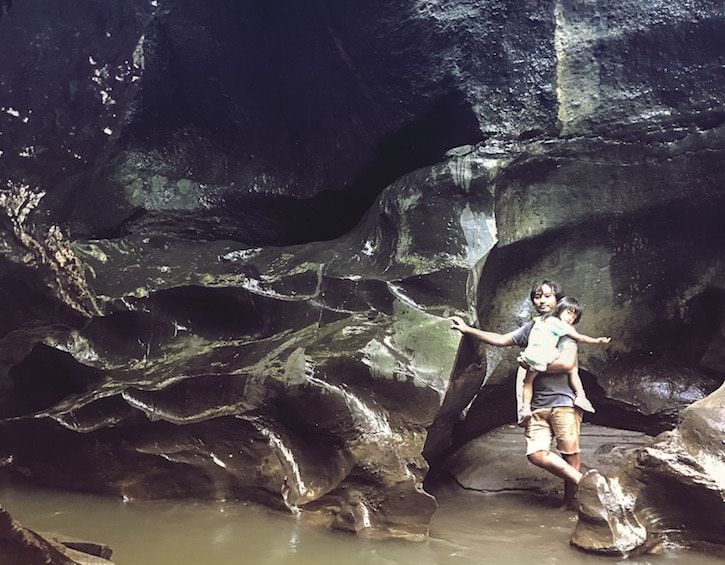
Top five places in and around Gianyar you would recommend to parents travelling with kids?
- Campuhan Ridge Walk – Great hiking trail with fabulous views.
- Beji Guwang Sukawati – A beautiful hidden canyon to explore.
- Beji Selati – A spring for Balinese cleansing rituals that is next to a river with clear, shallow water.
- Bali Botanic Garden – Perfect for spending some time among tall and magnificent trees.
- Sanur Beach – Endless sand play and if you are lucky, you’ll get to see the majestic Mount Agung from the beach.
Any advice for surviving a flight with young children?
Every child is different and will have different needs on a flight. I don’t have general advice for parents but I can share some of the things we do with our daughter. Before our flight, I will get her to pack her own bag with items (of a reasonable size and weight) that she feels will entertain her. I will also have a chat with her about how it is important to make the flight comfortable for herself and how she can make the flight comfortable for other passengers by keeping her voice down. We find that having a kids’ meal will help to keep her entertained, too. We have also been fortunate to be on flights where there is in-flight entertainment so that keeps her happy most of the time.
Is there something that you do to keep your child in touch with her Singaporean roots?
We visit Singapore at least once a year to spend time with family. In terms of keeping in touch with her national identity as a Singaporean, I feel it will be something that she will be more conscious of when she gets older and starts to read and learn about the socio-political landscape of the country. In keeping in touch with her migrant Chinese lineage in Singapore, whenever the occasion arises, we will join our relatives to pay respects to our ancestors and our family members who have passed away. I will tell her stories about where our ancestors come from.
This is something that Budi and I think about deeply – how to raise a third-culture kid so that she will have the confidence and skills to negotiate her own identities when she is older, especially as the world becomes more globalised. Keeping her in touch with her cultural roots is important for us because we feel that it enriches her life and makes her more culturally-sensitive and fluid at the same time.

Best souvenir one could bring back from Gianyar
…For a child?
A pindekan cungklik, an instrument that plays with a turbine activated by the wind.
…For a mama friend?
Raw honey, coffee and cacao beans.
What do you find is the hardest part of being a mother living in a foreign country?
The hardest part is not knowing when to accept or reject a social parenting norm of the country. For example, it is not unusual for children to ride on motorbikes with their parents without wearing helmets. This is something that I cannot accept in terms of safety despite living in Indonesia for several years. There is also the expectation that the mother will be the primary caregiver for the child as well as in the household, creating a lot of pressure for women balancing work and family.

On raising multilingual children …
Before the arrival of our daughter, we created artworks that allowed us to interact with many other transnational and intercultural families. One of the best tips that we have received from them is on raising multilingual children using the one person, one language (OPOL) approach. My husband speaks Bahasa Indonesia to our daughter while I speak Mandarin to her. She picks up English in school and Balinese from her paternal grandparents. The challenging part of this approach is that the adults need to be consistent with their assigned languages and not mix languages. This method works well for a child learning languages verbally. For writing, it is best for a child to learn one writing system at a time.
We have noticed that kids learn languages very quickly through play, especially with other children. When we were based in Taipei, we brought our daughter regularly to public spaces where she could play with Taiwanese children. We found that her learning of Mandarin had peaked in those few months in Taipei.
What do you always bring back from Singapore for yourself and for your children?
What I miss most are the libraries in Singapore!
Your top makeup tip for a busy mama?
You don’t need makeup, you are already the most beautiful woman in the world in the eyes of your child.
Tell us about your go-to recipe for your family
Natto on rice topped with a soft-boiled egg and garnished with chopped spring onions, stirred into a gooey stringy mess!
What’s the one thing you would miss about Gianyar if you moved away?
My in-laws, especially my mother-in-law! She makes the most amazing meals and she is so full of love. She has been a pillar of our family life since we moved to Bali. We share a very special bond and at times, we can even chat for hours.
Read more about Singaporean mamas abroad!
Shir-leen Tong in Hakusan, Japan
Vivian Pender in Portugal
Global Adventurer Nellie Huang
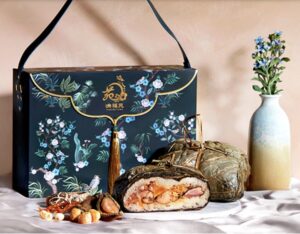
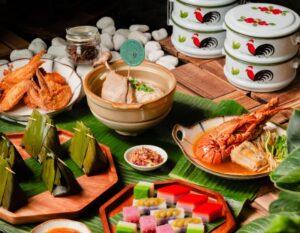
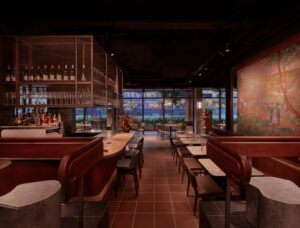
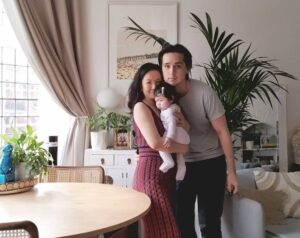
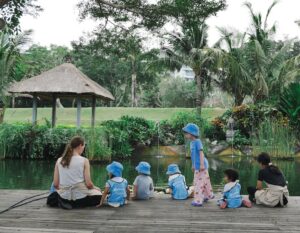

 View All
View All


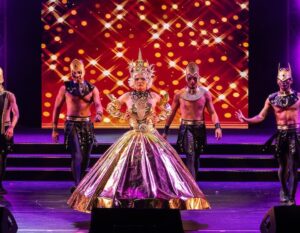

 View All
View All

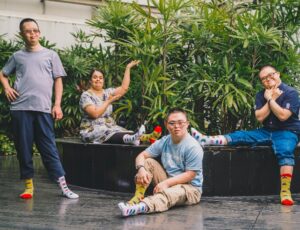
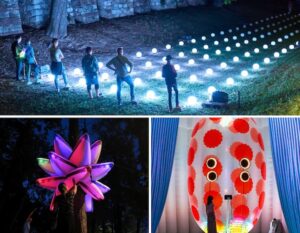


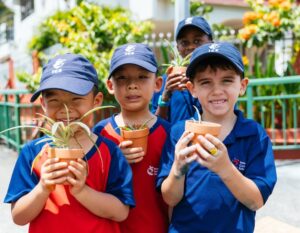
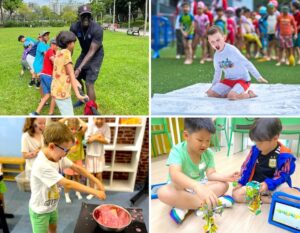
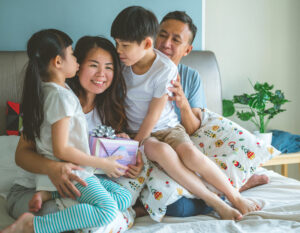

 View All
View All




